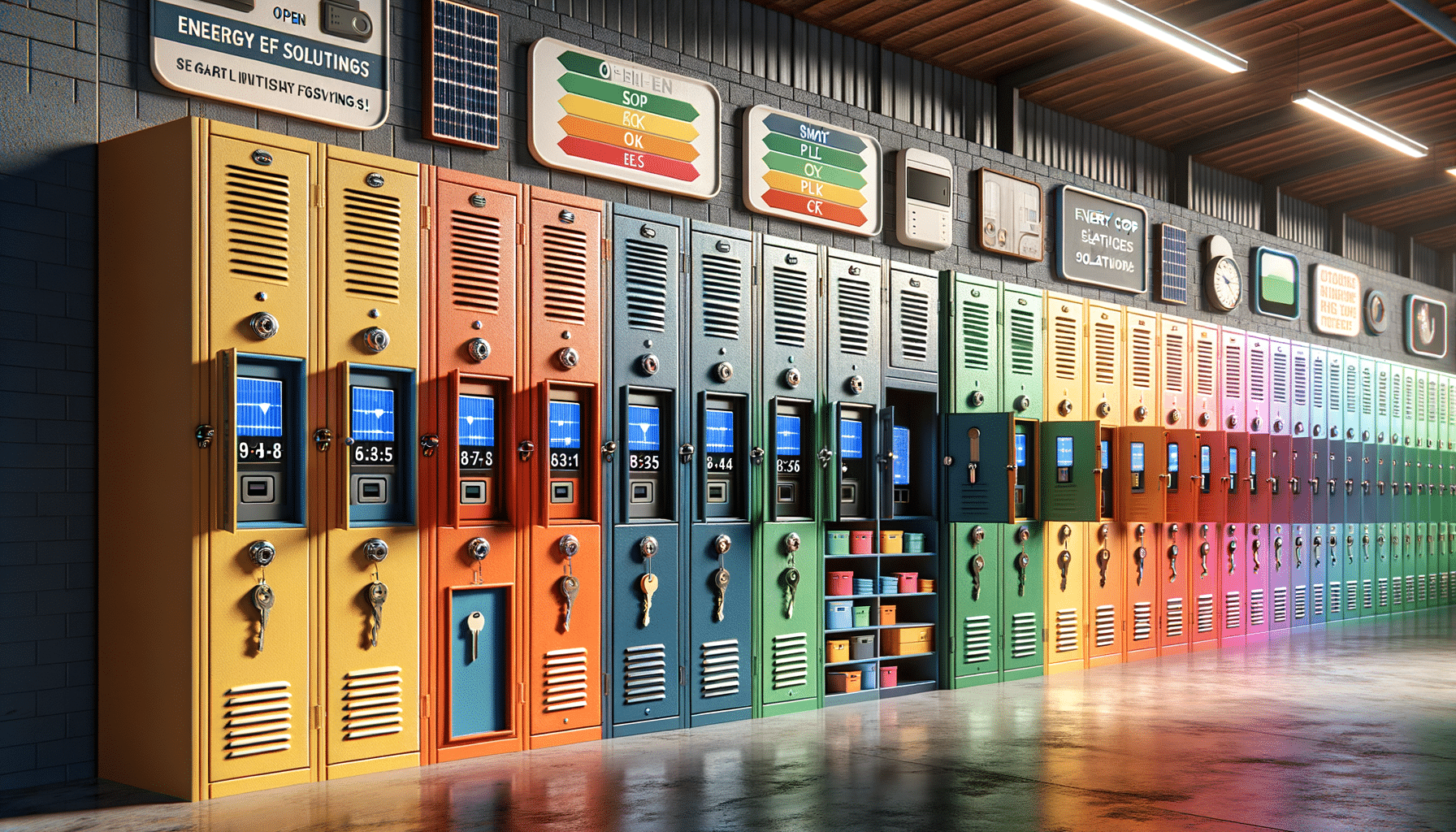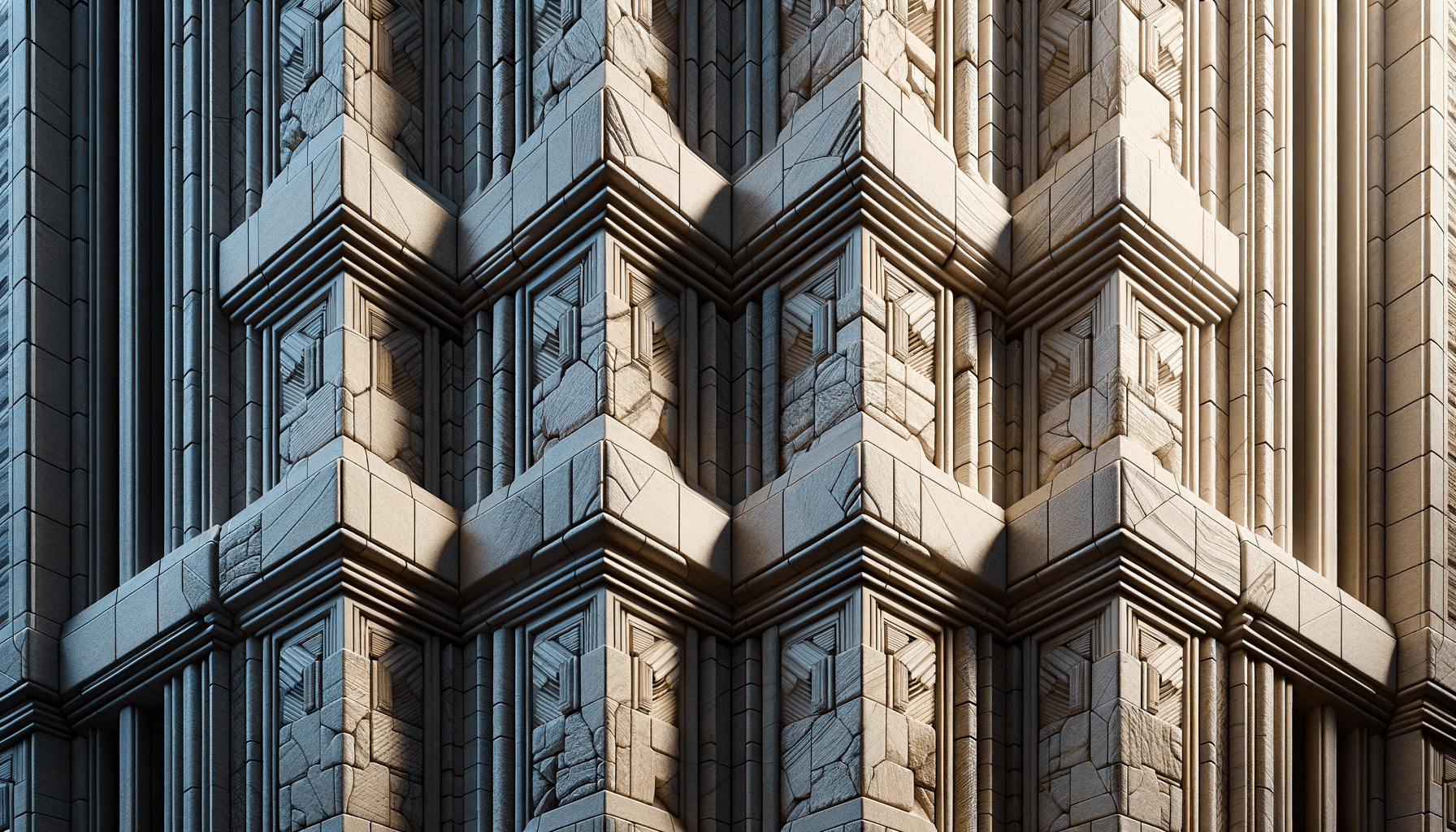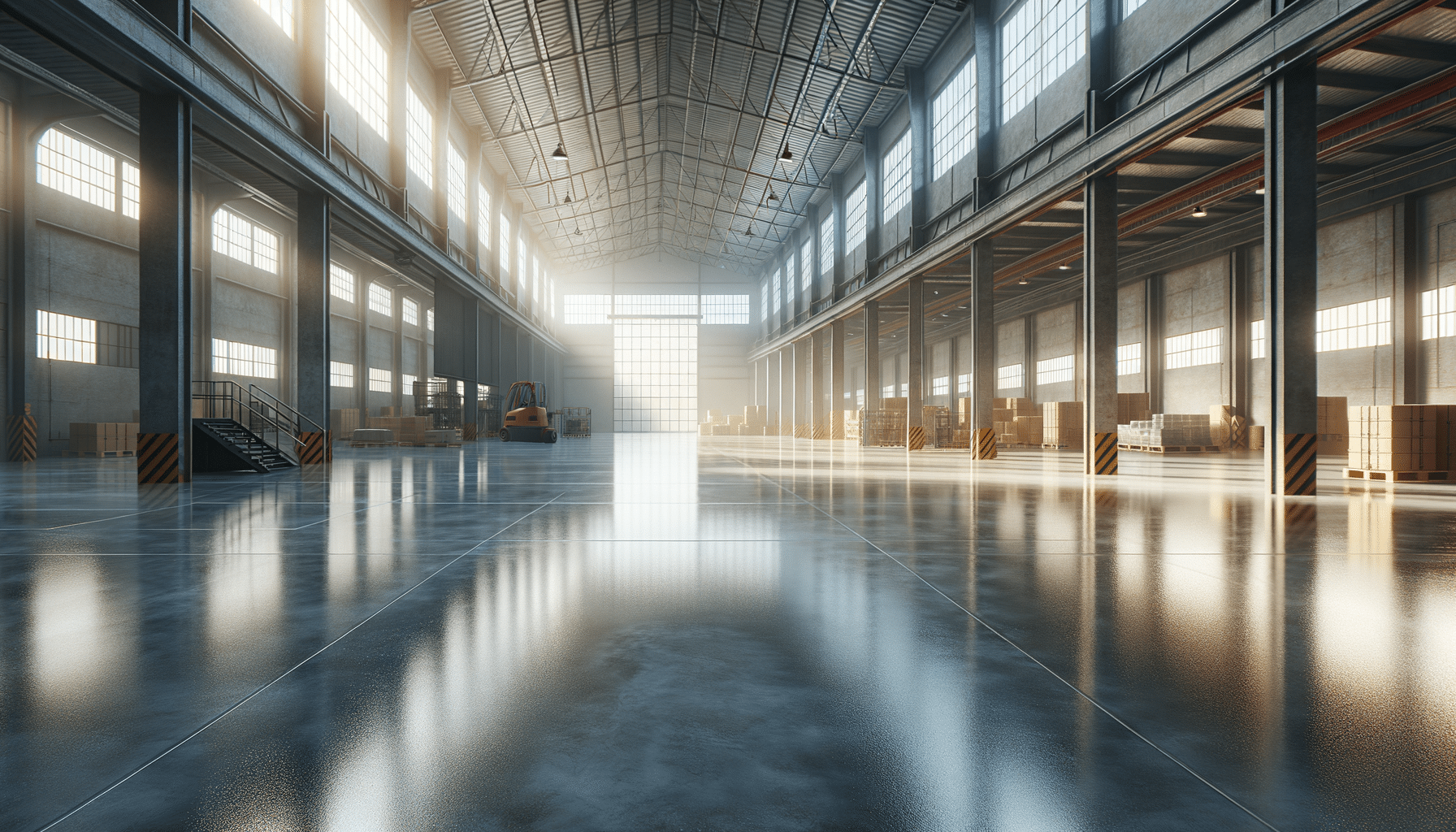
Discover Cost-Effective Locker Solutions: Strategies for Savings
The Growing Importance of Lockers in Modern Life
In today’s fast-paced world, lockers have emerged as a crucial component in various environments, from schools and gyms to workplaces and public spaces. Their significance lies in their ability to provide secure storage solutions, ensuring personal belongings are kept safe and organized. As urban areas become more congested, the demand for efficient storage solutions grows, making lockers an indispensable asset.
Lockers are not only about security; they contribute to the smooth functioning of environments by reducing clutter and promoting organization. In educational institutions, for instance, lockers help students keep their materials organized, fostering a conducive learning environment. Similarly, in workplaces, lockers offer employees a personal space to store their belongings, enhancing productivity by minimizing distractions.
The versatility of lockers is evident in their diverse applications. They are used in recreational centers to store sports equipment, in airports for travelers’ luggage, and in retail settings for secure package pickups. This adaptability underscores their relevance in addressing the varied storage needs of different sectors.
Types of Lockers and Their Applications
Lockers come in various types, each designed to meet specific needs. Understanding these types can help in selecting the most suitable option for a given setting. The most common types include:
- Standard Lockers: These are typically used in schools and offices, providing basic storage for personal items.
- Heavy-Duty Lockers: Designed for durability, these are ideal for industrial settings where robustness is a priority.
- Ventilated Lockers: Often used in gyms and sports facilities, these allow for airflow, making them perfect for storing athletic gear.
- Smart Lockers: Equipped with digital locks and management systems, these are gaining popularity in tech-savvy environments.
Each type of locker serves a unique purpose, tailored to the needs of its users. For example, ventilated lockers are essential in gym environments to prevent odor buildup, while smart lockers offer enhanced security and convenience through digital access.
Choosing the right type of locker involves considering factors such as the environment, the nature of items to be stored, and the level of security required. By aligning the locker type with these factors, organizations can optimize their storage solutions effectively.
Cost-Effective Locker Solutions
When it comes to implementing locker solutions, cost is a significant consideration. However, finding affordable options does not mean compromising on quality. There are several strategies to achieve cost-effective locker solutions:
- Bulk Purchasing: Buying lockers in bulk often results in discounts, reducing the overall cost per unit.
- Material Selection: Opting for materials like steel or laminate can offer durability at a lower cost compared to more expensive alternatives.
- Second-Hand Options: Purchasing refurbished lockers can provide substantial savings while still offering quality storage solutions.
- Customization: Tailoring lockers to specific needs can prevent unnecessary costs associated with features that are not required.
By employing these strategies, businesses and institutions can implement locker solutions that fit their budget without sacrificing functionality or security. The key is to balance cost with the specific needs of the environment where the lockers will be used.
Innovative Features in Modern Lockers
As technology advances, lockers have evolved to incorporate innovative features that enhance their functionality and user experience. Some of the latest advancements include:
- Digital Locks: These provide enhanced security and convenience, eliminating the need for keys and allowing for easy access management.
- Smart Integration: Lockers can now be integrated with mobile apps, enabling users to reserve lockers, monitor usage, and receive notifications.
- Environmental Sensors: Sensors that monitor temperature and humidity levels ensure that sensitive items are stored under optimal conditions.
- Sustainable Materials: Eco-friendly materials are increasingly used in locker manufacturing, aligning with the growing emphasis on sustainability.
These features not only improve the security and usability of lockers but also align with modern demands for connectivity and sustainability. As a result, lockers are not just storage units but integral components of smart and eco-conscious environments.
Conclusion: Choosing the Right Locker Solutions
In conclusion, lockers play a vital role in various settings, offering secure and organized storage solutions. By understanding the different types of lockers and their applications, organizations can make informed decisions that align with their specific needs and budgetary constraints.
Cost-effective strategies, such as bulk purchasing and material selection, can significantly reduce expenses without compromising on quality. Additionally, embracing innovative features in modern lockers can enhance security and user experience, making them suitable for today’s dynamic environments.
Ultimately, the key to successful locker implementation lies in assessing the unique requirements of the setting and choosing solutions that offer the best balance of cost, functionality, and innovation. By doing so, organizations can ensure that their locker solutions are not only practical but also future-ready.


